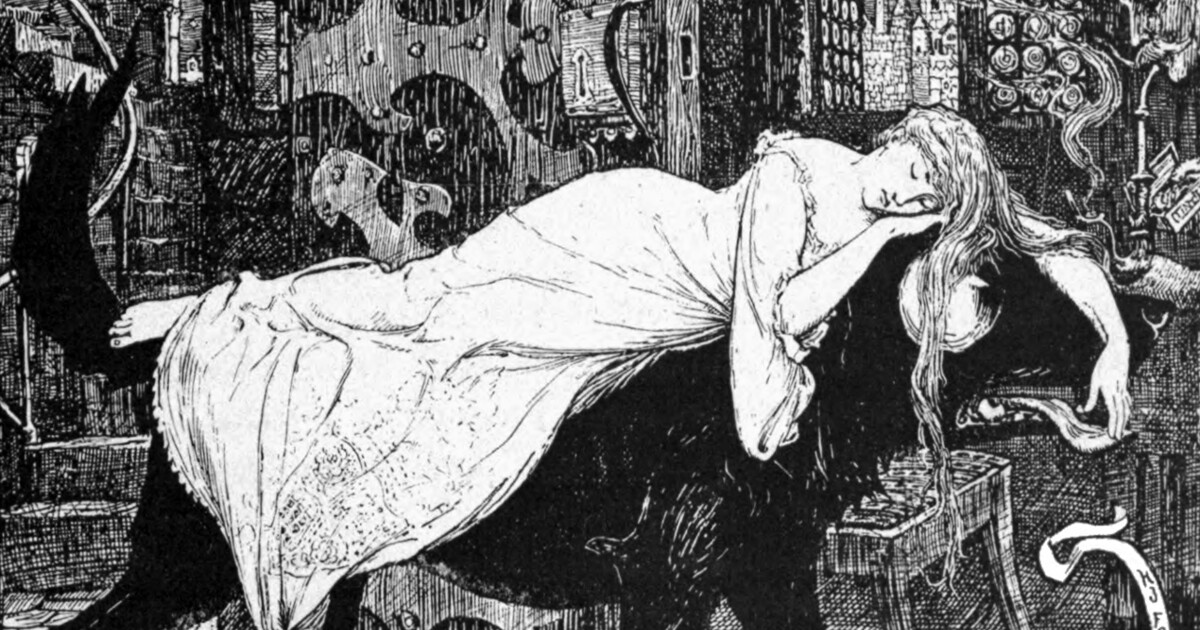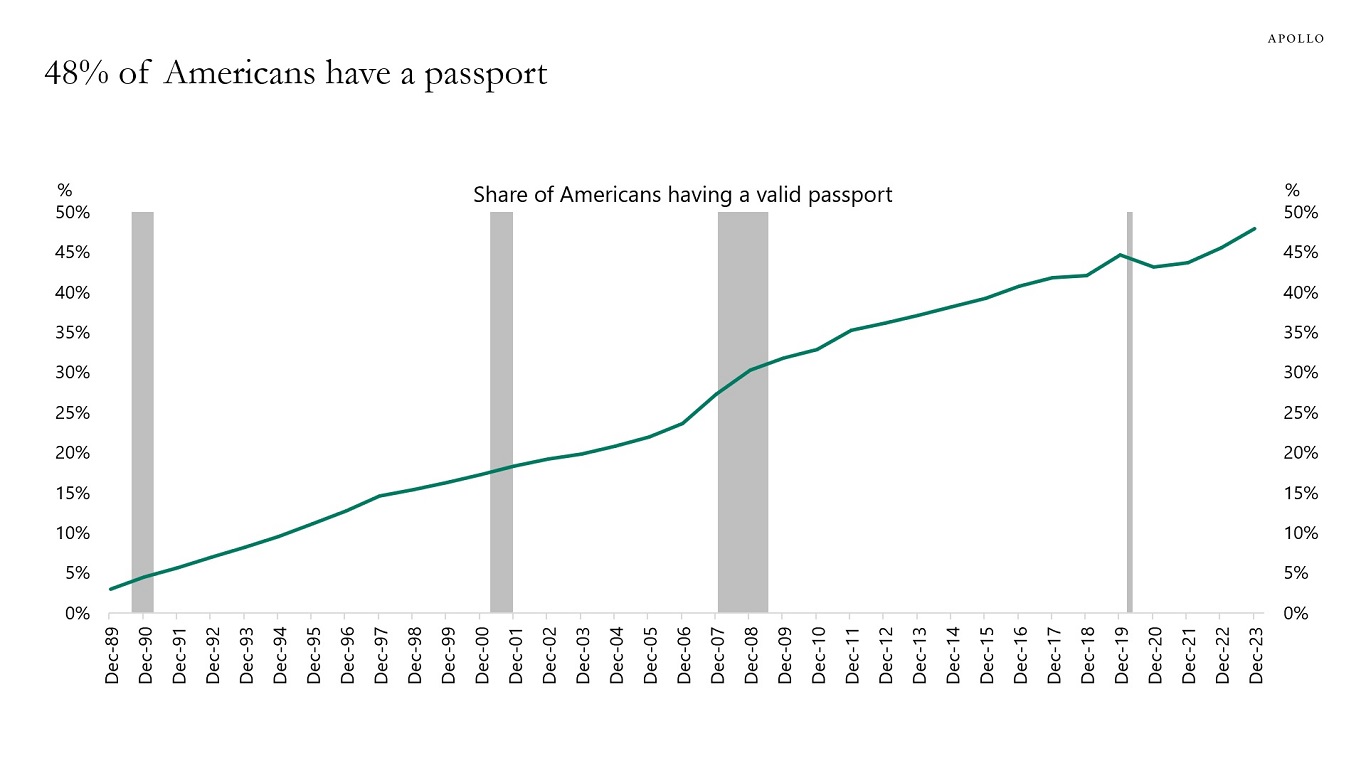
The Call of the Weird
A ndrew Lang was in Oxford when he first encountered the living dead. One autumn night in 1869, he passed John Conington, professor of Latin, staring silently at Corpus Christi College. Nothing odd about a distracted don, except that Lang soon learned that Conington had, at that moment, been breathing his last in Boston, Lincolnshire. Years later, he discussed this ‘real or sham J.C.’ with members of the Society for Psychical Research who wished to include his experience in a treatise called Phantasms of the Living. Lang’s short note, addressed from the Savile Club, was genially inconclusive about what he had seen. He was, he admitted, bad with faces, but the lamp light in Oriel Lane had given him ‘a very good view’ and Conington was ‘not easily mistaken … I know no one in Oxford who was at all like him’ – he was renowned, even in good health, for his greenish complexion. This was enough for the SPR. Even if it were a case of mistaken identity, the ‘coincidence’ of the ‘illusion’ with Conington’s death pangs remained an ‘inexpugnable fact’. When read alongside other records of last gasp apparitions, the case suggested that we could rescue something of ourselves from our perishing bodies.
Supernormal experiences were a delicate question in the late 19th century, especially when they bore on such wobbly tenets of Christianity as immortality. Educated elites increasingly wished to strip religion of its supernatural excrescences and make it a sound pillar of society. The development of both anthropology and psychiatry encouraged them to explain away unearthly visions, ghosts or demons as relics of primitive thought or symptoms of mental illness. Yet the reductionism of these new disciplines was as brittle as it was ambitious, and Lang became their ardent critic. Like the SPR, whose president he later became, he sought evidence to challenge or at least stretch scientific naturalism’s pinched vision of reality. In a voluminous grimoire of ghost stories he published in 1897, he confessed that he was in a ‘balance of doubt’ about their truth. John Sloan’s new biography of Lang explores his attempts to frame and hold that balance. It reconstructs the development of a professional gadfly, who skipped across the hardening boundaries of literature, anthropology and history to insist on the strange origins of religion.


















